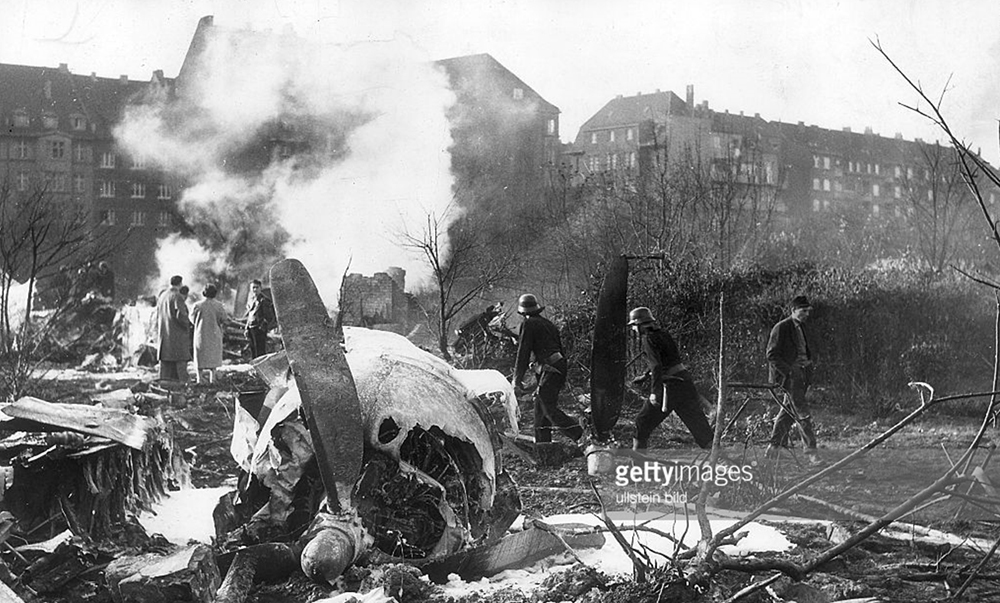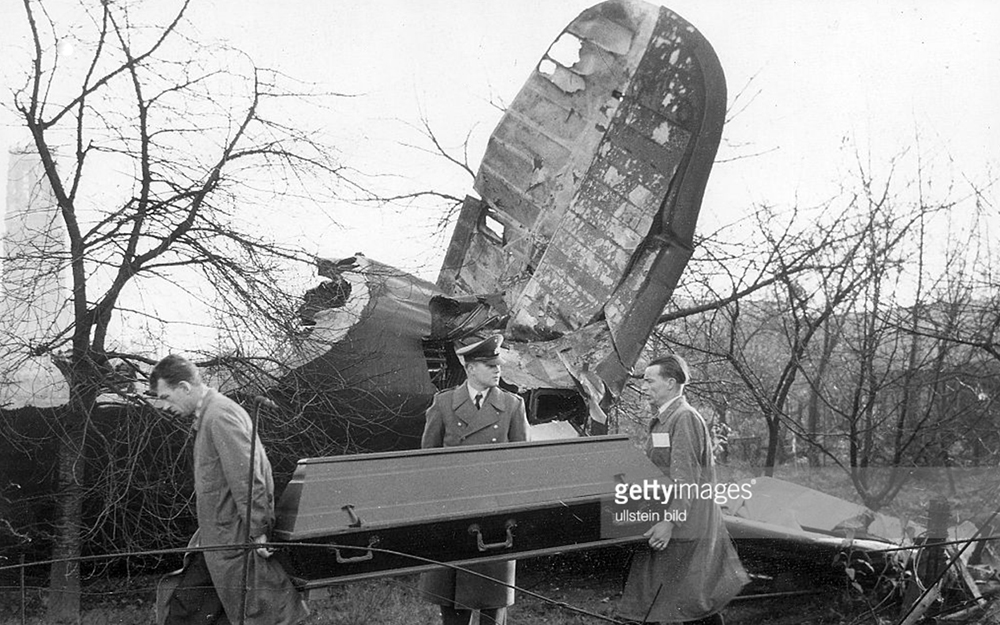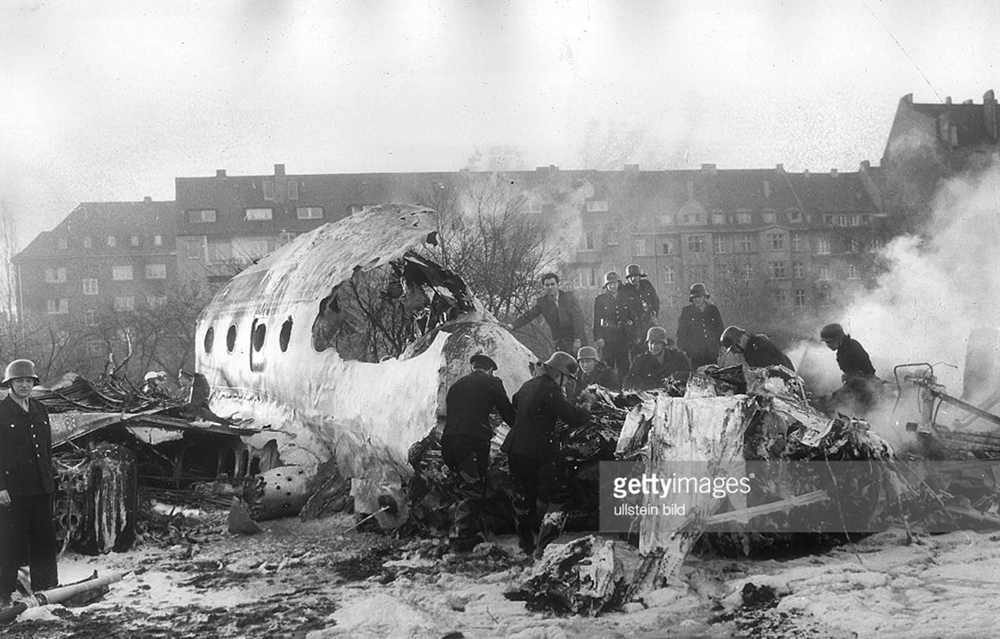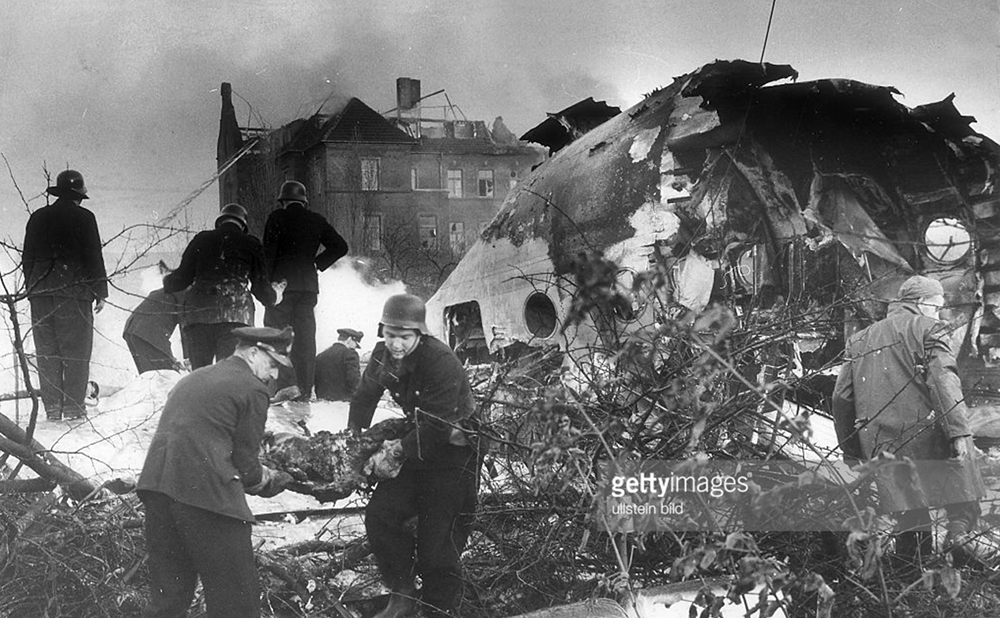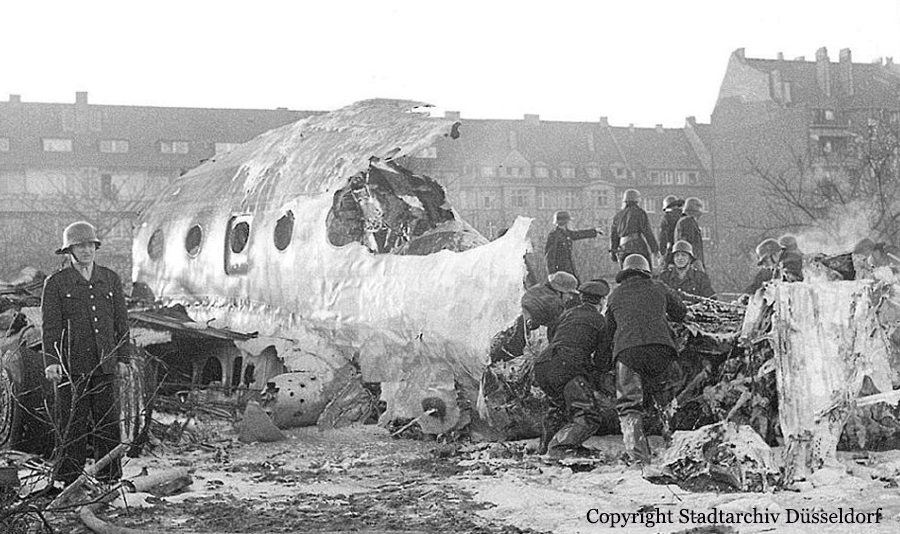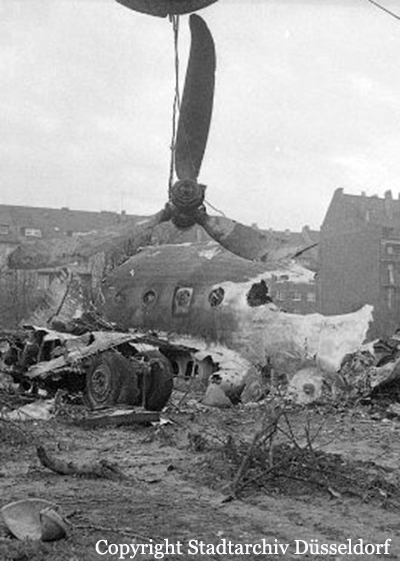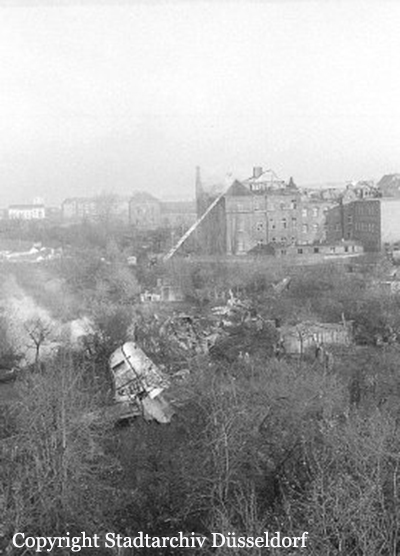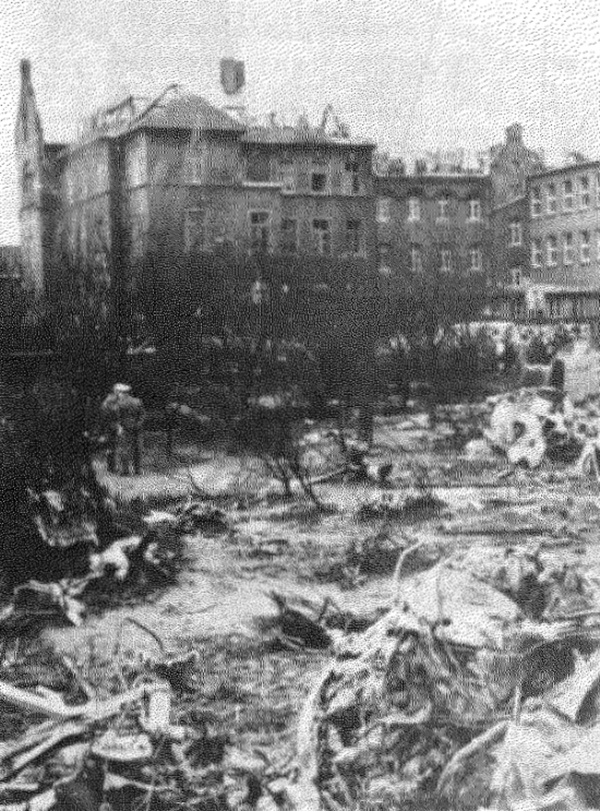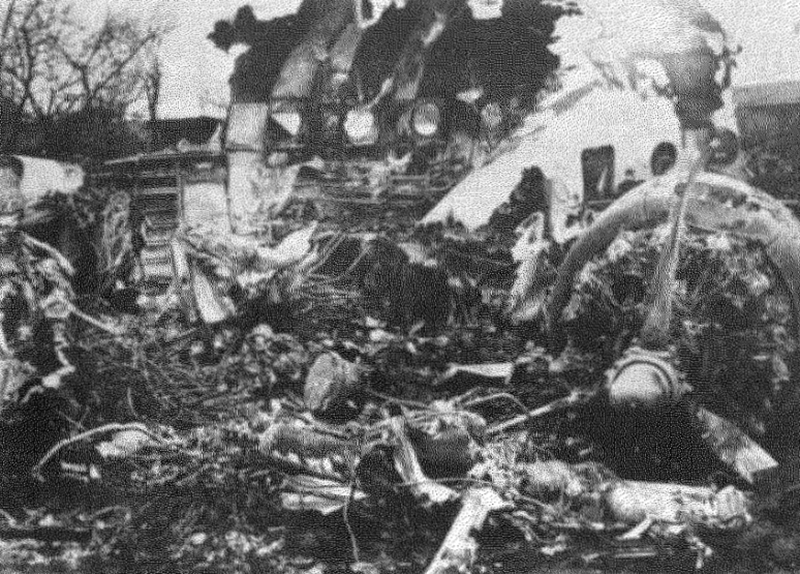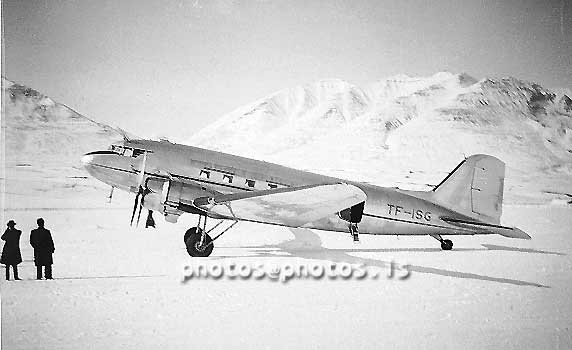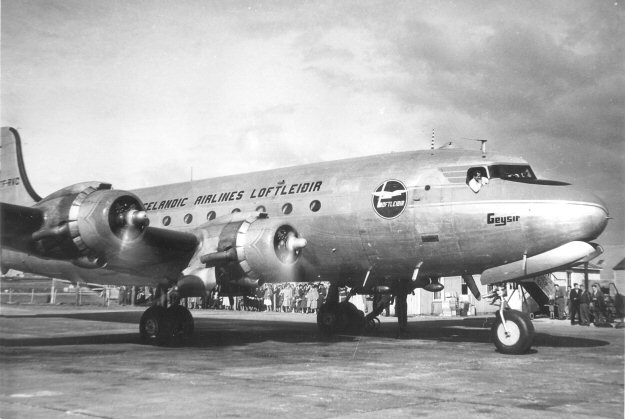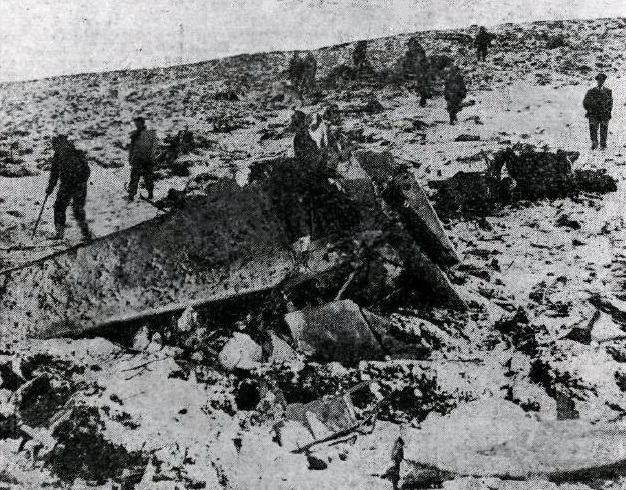Crassh of a Beechcraft D18S in Reykjavik
Date & Time:
Feb 27, 1973
Registration:
TF-REE
Survivors:
Yes
MSN:
A-226
YOM:
1946
Crew on board:
1
Crew fatalities:
Pax on board:
0
Pax fatalities:
Other fatalities:
Total fatalities:
0
Circumstances:
For unknown reason, the airplane belly landed at Reykjavik Airport and was damaged beyond repair. The pilot, sole on board, escaped uninjured.








